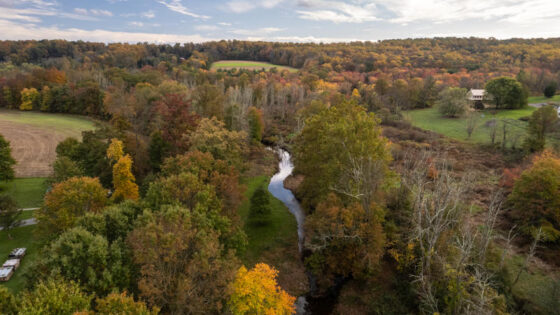Traditionally, the phrase “stream restoration,” even the phrase “watershed restoration,” has engendered a channel-focused discussion and strategy. A growing body of research indicates that this approach has not yielded the ecological uplift that was desired and predicted.
Reconsidering our options and broadening our strategic approach into the watershed yields improved results. Recognizing that streams are dynamic systems that are not static in place, time or function may be a bit inconvenient from a management standpoint but is essential to effective restoration. Reconsidering our assumptions about nutrient and sediment loads may provide a different perspective on the effectiveness and cost effectiveness of implementation options and provide increased incentive to aggressively implement practices which increase infiltration across the broader landscape.
With scarce public resources to accomplish so many restoration outcomes across the Commonwealth, it’s imperative to maximize our effectiveness.
Director of Watershed Restoration Matthew Ehrhart presented this webinar as part of the Pennsylvania Department of Conservation and Natural Resources’s 2021 Virtual Riparian Forest Buffer Summit.



